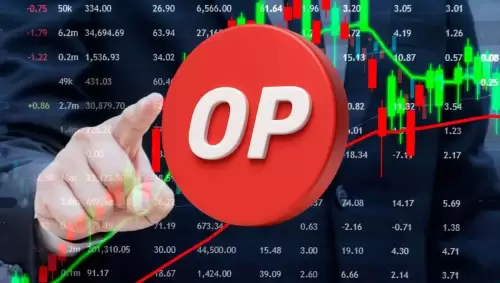 |
|
 |
|
 |
|
 |
|
 |
|
 |
|
 |
|
 |
|
 |
|
 |
|
 |
|
 |
|
 |
|
 |
|
 |
|
Cryptocurrency News Articles
Larry Zeitzmann Champions Community Risk Reduction as the "Invisible Shield" of Firefighter Safety
Apr 29, 2025 at 03:19 am
Larry Zeitzmann of Washington MO has spent decades advocating for a more comprehensive understanding of firefighter safety

"
A new report by the National Academy of Sciences, Engineering, and Medicine has highlighted the critical role of Community Risk Reduction (CRR) in improving the safety and longevity of firefighters. The report, titled "Improving the Safety and Health of the Nation's Firefighters," underscores the urgent need for a more comprehensive approach to firefighter well-being, extending beyond immediate incidents to encompass broader community risk mitigation.
This report comes at a crucial time, as firefighters are increasingly exposed to carcinogens, experience high rates of heart disease and other chronic illnesses, and face an unacceptably high rate of death in the line of duty. The report authors, including Lance Benner, chair of the committee that wrote the report, and John Kisko, study director, present a compelling case for a fundamental paradigm shift in how society views and prioritizes firefighter safety.
The report identifies several key strategies for improving firefighter safety and health. These include:
* Adopting a broader definition of firefighter safety. Traditional definitions of firefighter safety focus narrowly on the fireground and immediate risks to firefighters. However, the report argues that a more comprehensive approach is needed, one that begins with the prevention of incidents in the first place. This broader perspective aligns closely with the principles of Community Risk Reduction (CRR).
According to Benner, "Congress was clear in its mandate to examine not only the immediate hazards firefighters face at an incident, but also the underlying causes of incidents and the role of firefighters in broader community safety efforts."
* Investing in Community Risk Reduction (CRR) programs. CRR programs aim to identify and reduce the risk factors that contribute to fires, other emergencies, and other safety issues in communities. Programs like smoke alarm installation, carbon monoxide detector placement, and fall prevention programs for seniors can significantly decrease the incidence of emergencies, ultimately leading to safer communities and healthier firefighters.
"The committee found that Community Risk Reduction programs are a valuable investment in both community well-being and firefighter safety," said Kisko. "These programs can help to prevent emergencies, reduce the severity of incidents, and improve the overall health and quality of life in communities."
* Increasing awareness of the health risks faced by firefighters. Firefighters are exposed to a variety of carcinogens and other toxins in the course of their duties. They are also at an elevated risk for heart disease, hearing loss, and other chronic illnesses. The report recommends increasing awareness of these risks among firefighters, their families, and the broader public.
"It's important to understand that firefighters face a unique set of health challenges due to the demanding nature of their work and the exposures they encounter," noted Benner. "This report provides valuable insights into these risks and suggests strategies for their management."
The report also calls for several institutional changes to support the safety and health of firefighters. These changes include:
* Establishing a new federal agency for fire safety. The report suggests that the U.S. Consumer Product Safety Commission could be reorganized to include a broader mandate in fire safety, encompassing both product safety and broader community risk reduction efforts. This would create a more cohesive and comprehensive approach to fire safety at the federal level.
* Instituting a national program for the collection of firefighter injury and illness data. Accurate data is essential for understanding the scope of the problem and measuring the impact of different programs and interventions. The report recommends that a national program be established to collect and analyze data on firefighter injuries, illnesses, and fatalities.
* Expanding the role of the National Institute for Occupational Safety and Health (NIOSH) in conducting research on firefighter safety and health. As the leading federal agency for research on occupational safety and health, NIOSH is well-positioned to conduct critical studies on topics such as cancer risk among firefighters, the long-term impact of firefighting exposures, and the effectiveness of different safety technologies.
The report's findings and recommendations are timely and urgent, given the increasing demands on fire departments and the critical role they play in protecting lives and property. As the report authors conclude, a collective effort is needed to ensure that firefighters have the knowledge, skills, and equipment they need to perform their duties safely and that they are able to return home healthy to their families at the end of every shift.
Disclaimer:info@kdj.com
The information provided is not trading advice. kdj.com does not assume any responsibility for any investments made based on the information provided in this article. Cryptocurrencies are highly volatile and it is highly recommended that you invest with caution after thorough research!
If you believe that the content used on this website infringes your copyright, please contact us immediately (info@kdj.com) and we will delete it promptly.


























































